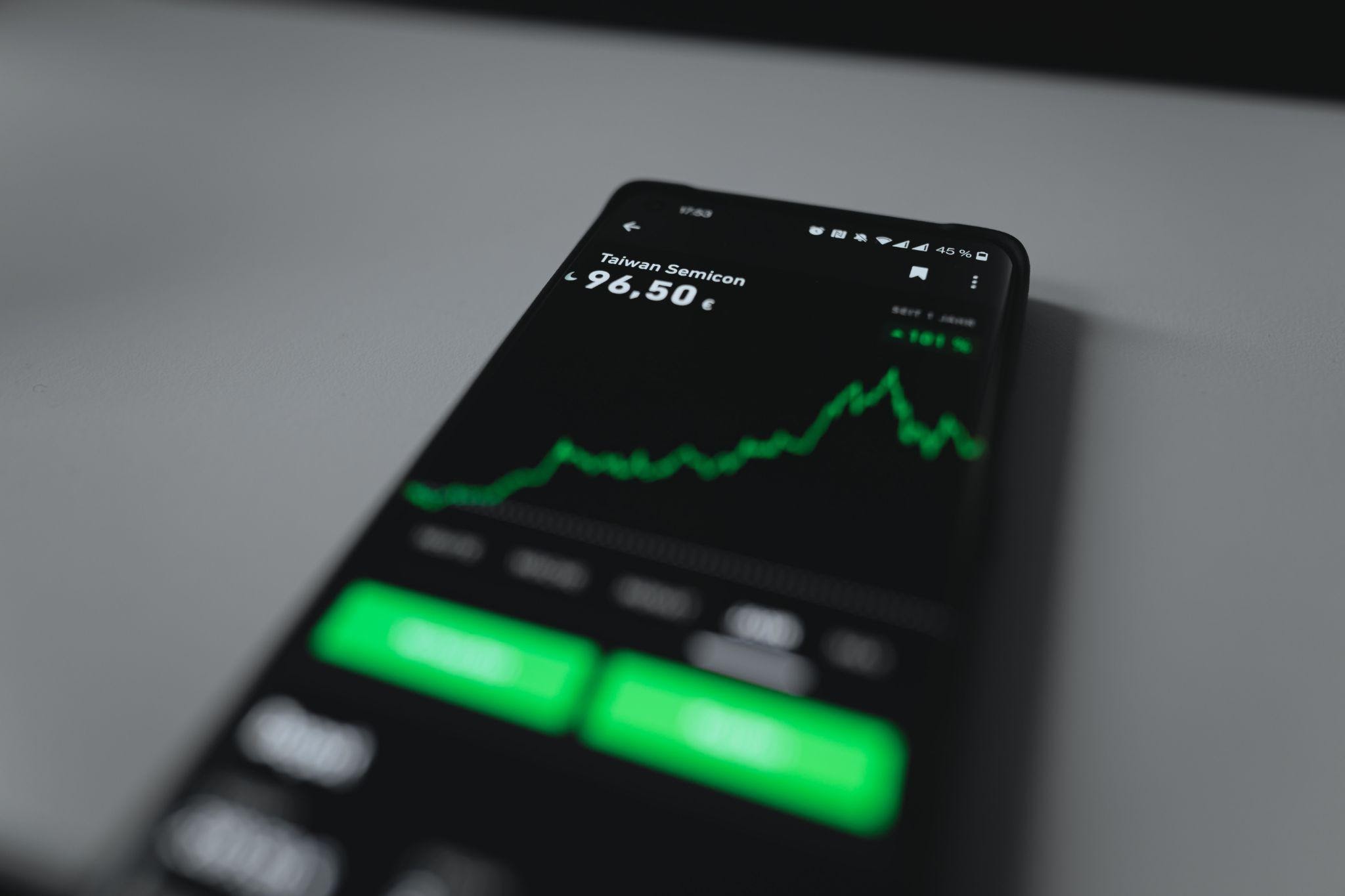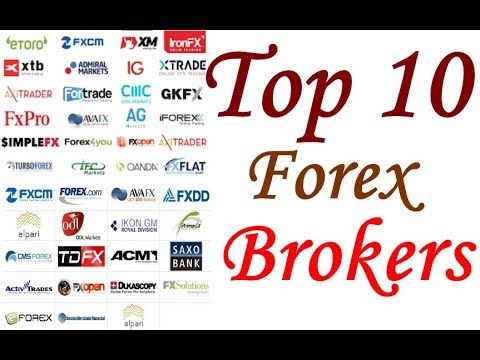Introduction
The foreign exchange market, more commonly known as the forex market, is one of the largest and most liquid financial markets in the world, representing the international exchange of currencies. It’s a decentralized market where currencies are traded around the globe 24 hours a day, five days a week. Unlike traditional stock markets that have a central location, the forex market operates electronically, with currencies traded directly between participants from all over the world.

Image: www.theworldsbestandworst.com
The allure of the forex market lies in its accessibility and potential for high returns. It offers retail traders and financial institutions an opportunity to speculate on the fluctuations in currency exchange rates and potentially make a profit. However, it’s essential to note that forex trading involves risk, and investors should proceed with caution.
How Forex Trading Works
In essence, forex trading involves buying and selling currencies in pairs, such as EUR/USD or GBP/JPY. When a trader buys a currency pair, they are buying one currency while simultaneously selling the other. The trader’s goal is to bet on the direction they believe the exchange rate of the pair will move. If the exchange rate moves in the direction predicted by the trader, they profit. Conversely, if the exchange rate moves against their prediction, they incur a loss.
Types of Forex Traders
There are various types of forex traders, each with different approaches and levels of sophistication. Some common types include:
- Speculators: These traders attempt to profit from short-term fluctuations in currency exchange rates, typically through day trading or scalping strategies.
- Arbitrageurs: This strategy involves exploiting small price discrepancies between different markets to generate risk-free profits.
- Hedgers: These traders use forex trading to reduce risk associated with currency fluctuations.
- Carry Traders: They borrow in one currency with a lower interest rate and then invest in another currency with a higher interest rate, profiting from the difference between the two rates.
Benefits of Forex Trading
- High Liquidity: The forex market is highly liquid, meaning currencies can be bought and sold quickly and effortlessly without substantial price impact.
- 24/5 Trading: The forex market operates 24 hours a day, five days a week, providing traders with ample trading opportunities.
- Global Market: The forex market is a global marketplace, offering traders exposure to a wide range of currencies from different countries.
- Potential for High Returns: Due to the leverage available in forex trading, traders have the potential to earn significant returns on their capital. However, it’s crucial to remember that this leverage can also amplify losses.

Image: www.brokertop10.com
Strategies for Trading Forex
There are numerous forex trading strategies that traders can employ, depending on their risk tolerance and time horizon. Some popular strategies include:
- Trend Following: This strategy involves identifying and trading in the direction of the overall trend in the market.
- Counter-Trend Trading: Here, traders bet against the prevailing trend, seeking to profit from short-term pullbacks and reversals.
- Fundamental Analysis: This strategy involves analyzing economic news and data to forecast future movements in currency pairs.
- Technical Analysis: This strategy uses price charts and technical indicators to identify potential trading opportunities.
The 5 Best Forex Brokers In 2018
Risk Management in Forex Trading
Forex trading involves significant risk, and it’s crucial to implement proper risk management strategies to safeguard capital. Some fundamental risk management principles include:
- Determining Risk Tolerance: Traders should meticulously define their risk tolerance, which will influence their trading strategies and the amount of capital allocated to forex.
- Leverage Management: Leverage can amplify both profits and losses; therefore, leveraging capital prudently is essential for calculated risk management.
- Stop-Loss Orders: These orders automatically close positions when prices move against the trader to limit potential losses.
- Position Sizing: Prudent position sizing plays a pivotal role in forex trading. Traders should carefully calculate their risk-to-reward ratio and avoid overexposing themselves to risky positions.
- Emotional Control: Forex trading can






